Гравировальный и фрезерный станок Решение
Обзор
- Обзор
- Особенности и преимущества
- сопутствующие товары
- Связанные случаи
- Похожие новости и события
- Связанные решения
- Связаться с нами
Гравировальный и фрезерный станок Решение
Гравировально-фрезерный станок - это разновидность станка с ЧПУ. Как правило, гравировально-фрезерный станок представляет собой фрезерный станок с ЧПУ с небольшими инструментами, высокой мощностью и высокоскоростным двигателем шпинделя. Преимущества гравировального станка при гравировке, если твердость обрабатываемого материала будет слишком велика. Можно сказать, что появление гравировального и фрезерного станка заполнило пробел между ними. Гравировально-фрезерный станок можно резать и фрезеровать, это эффективный высокоточный станок с ЧПУ. Гравировальный и фрезерный станок имеет широкий спектр применения, широко используется в прецизионных пресс-формах, сердечниках cujingjiagong, медных электродах, серийной обработке алюминиевых деталей, производстве пресс-форм, обработке приспособлений, производстве часов.
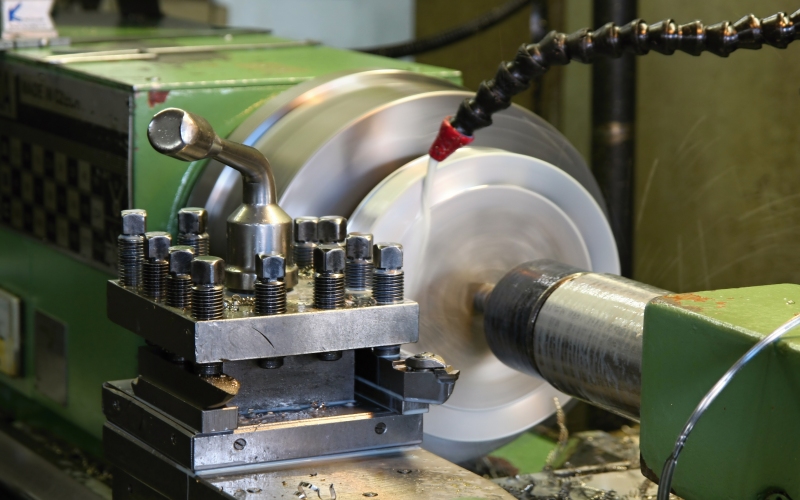
Особенности и преимущества
Industry introduction
The engraving and milling machine can process products as well as molds. The processing materials can be engraved with steel, aluminum alloy, acrylic sheet, wood, etc. according to the different machine configurations. General engraving and milling machine motion axes have more than 3 axes, the more common is the configuration of 3 feed axes + 1 spindle. With the development of technology, in order to improve production efficiency, engraving and milling machines have appeared multi-station, and some engraving and milling machines can reach 8 axes, 10 axes, or even more.
The structure of the engraving and milling machine
The main components of common engraving and milling machines are CNC numerical control system, servo drive, tool magazine, screw drive system, machine table, and so on. Different models have slightly different combination parts. Among them, the servo drive has XYZ feed axis + spindle. The functions of several axes are as follows:
X-axis: Control the left and right feed of the tool. Y-axis: control the forward and backward feed of the tool. Z-axis: control the up and down feed of the tool. Spindle: Drive the tool to rotate at high speed. The four axes are uniformly controlled by the CNC numerical control system to carry out engraving and milling of the workpiece.
Features of spindle inverter
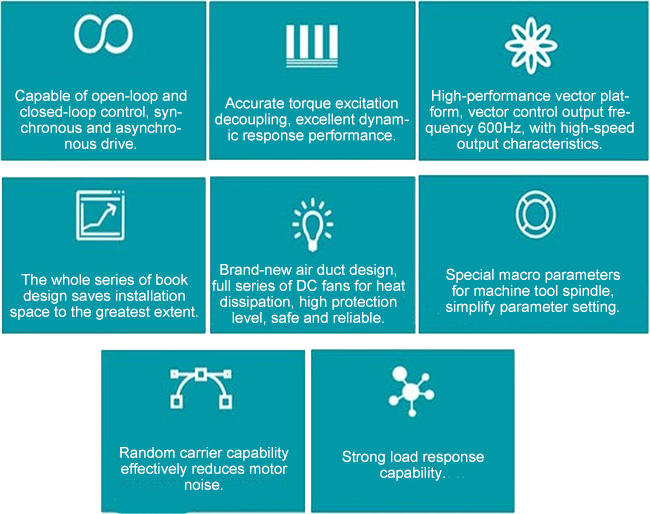
Solution advantage
1. The standard 850W, 1.3kW motor configuration of the feed axis, all use waterproof joints, seamlessly docked with Yaskawa.
2. Support multiple buses (M2, M3, EtherCat), standard Tamagawa 23-bit encoder, more than 8 million pulses per circle subdivision.
3. The texture of the processed workpiece is more delicate and the finish is high.
4. Online mapping to modify parameters is more convenient.
System topology
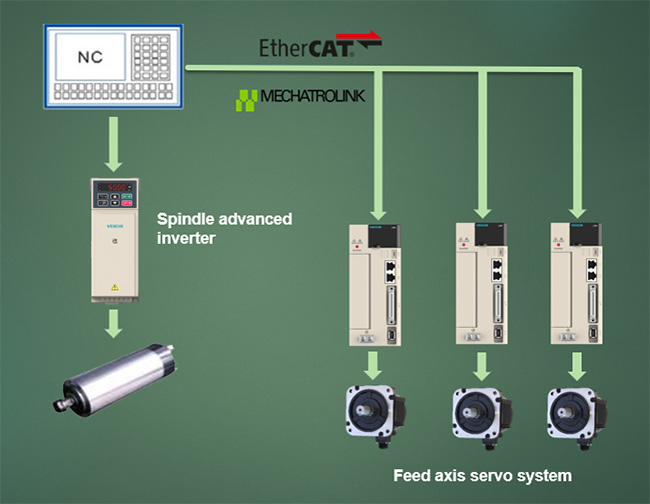
Application

 Global - English
Global - English Spanish - Español
Spanish - Español French - Français
French - Français Russian - Pусский язык
Russian - Pусский язык Chinese - 中文
Chinese - 中文 Korean - 한국어
Korean - 한국어 Vietnamese - Tiếng Việt
Vietnamese - Tiếng Việt
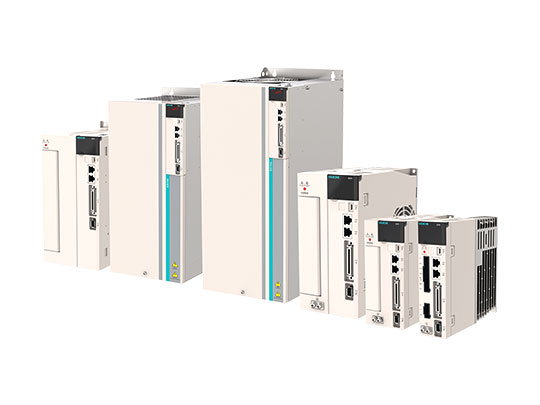
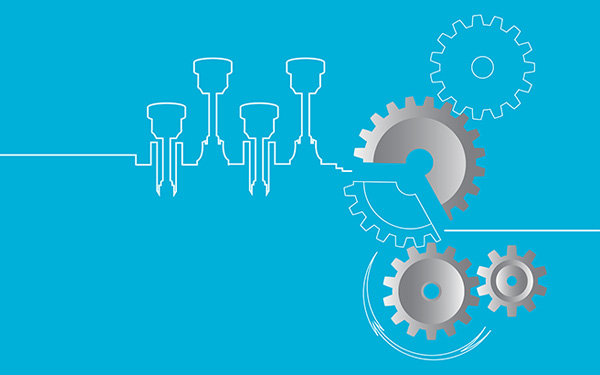
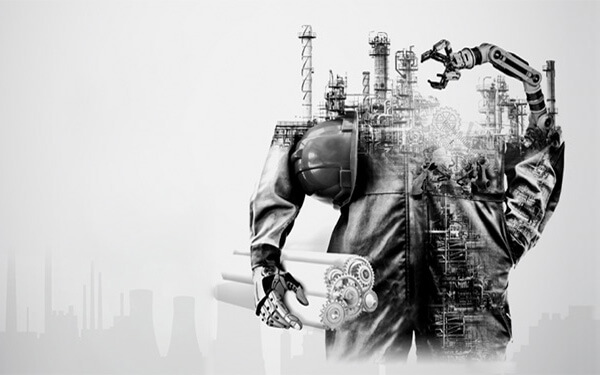

 Оставить сообщение
Оставить сообщение